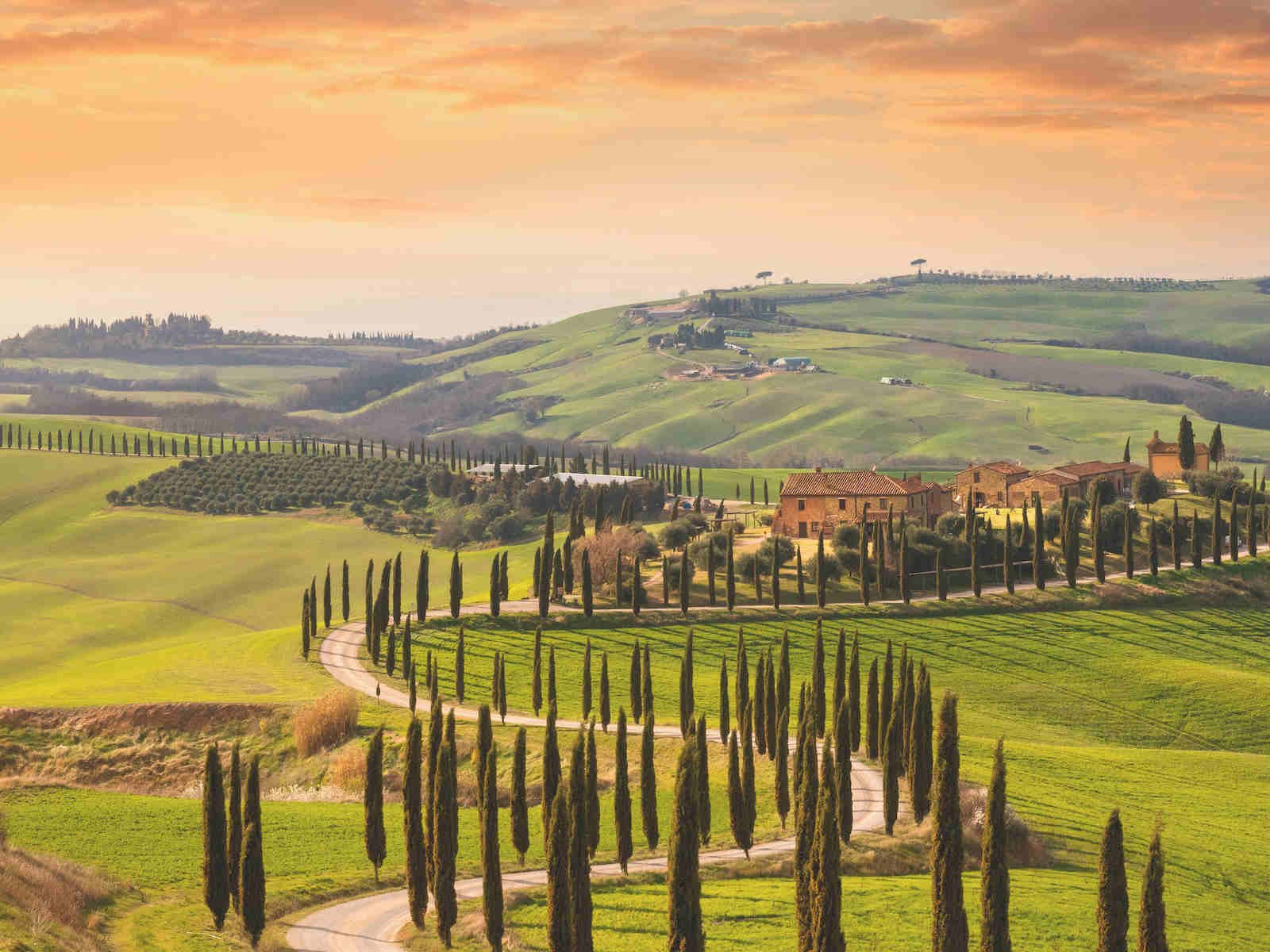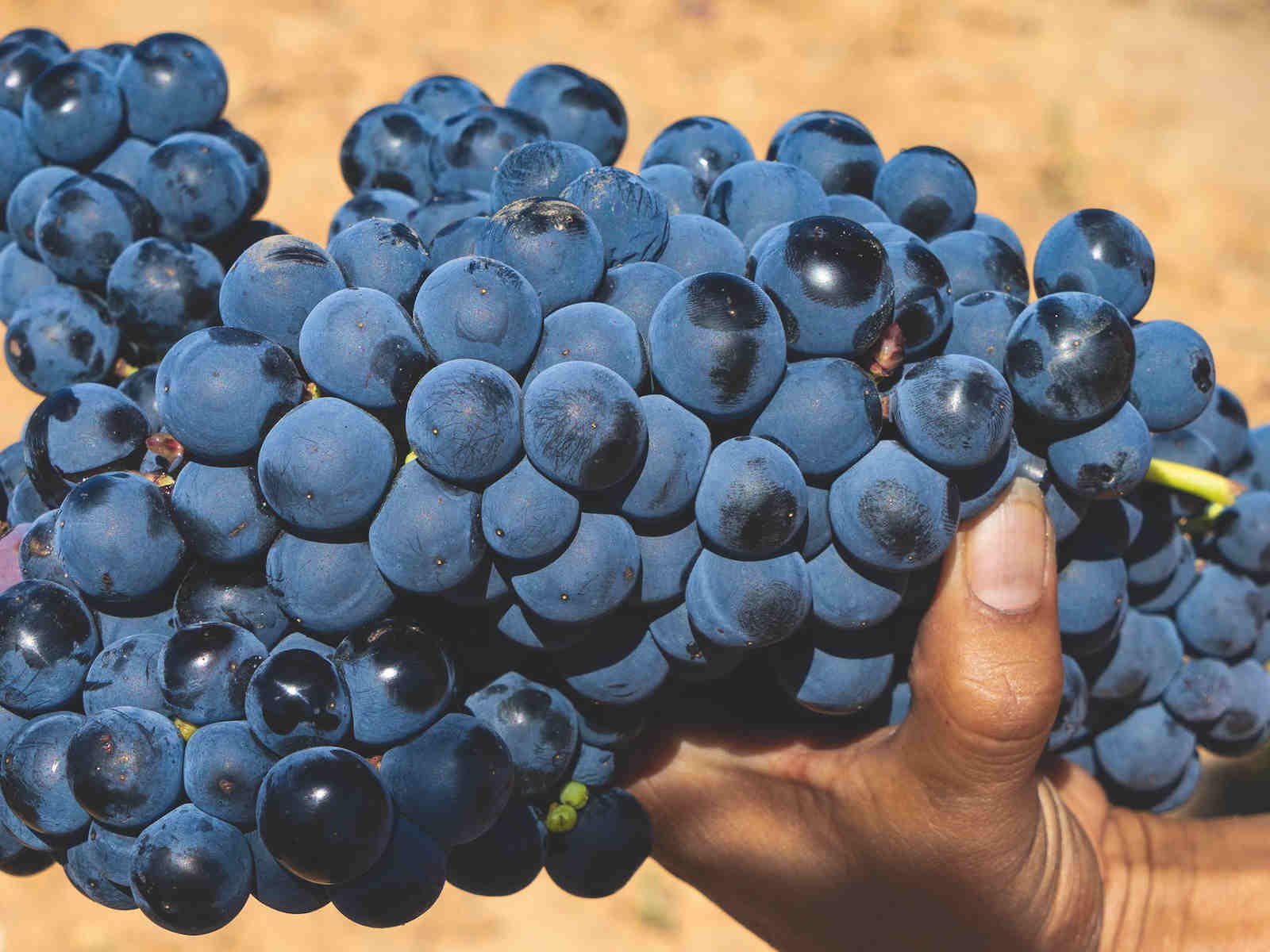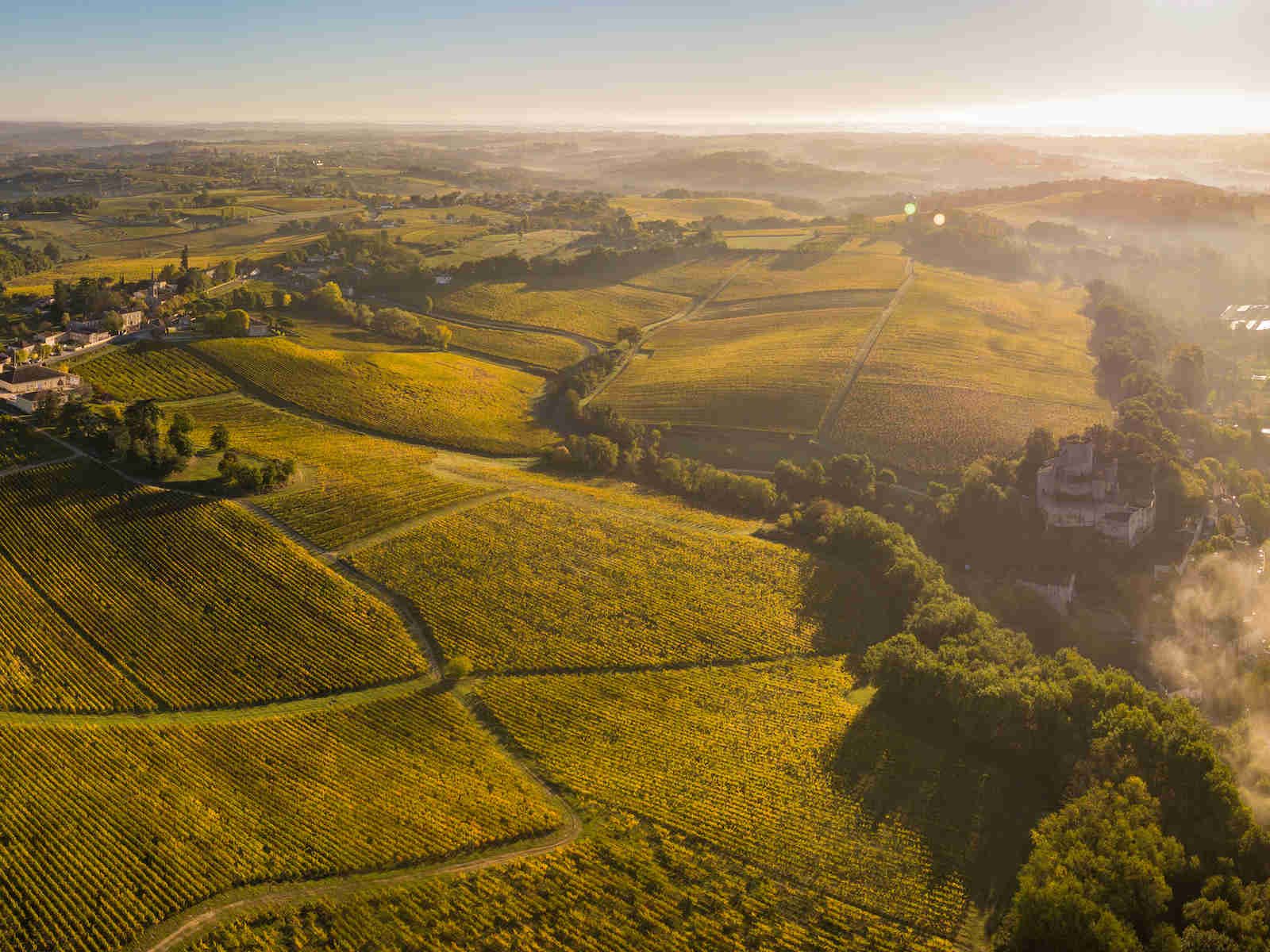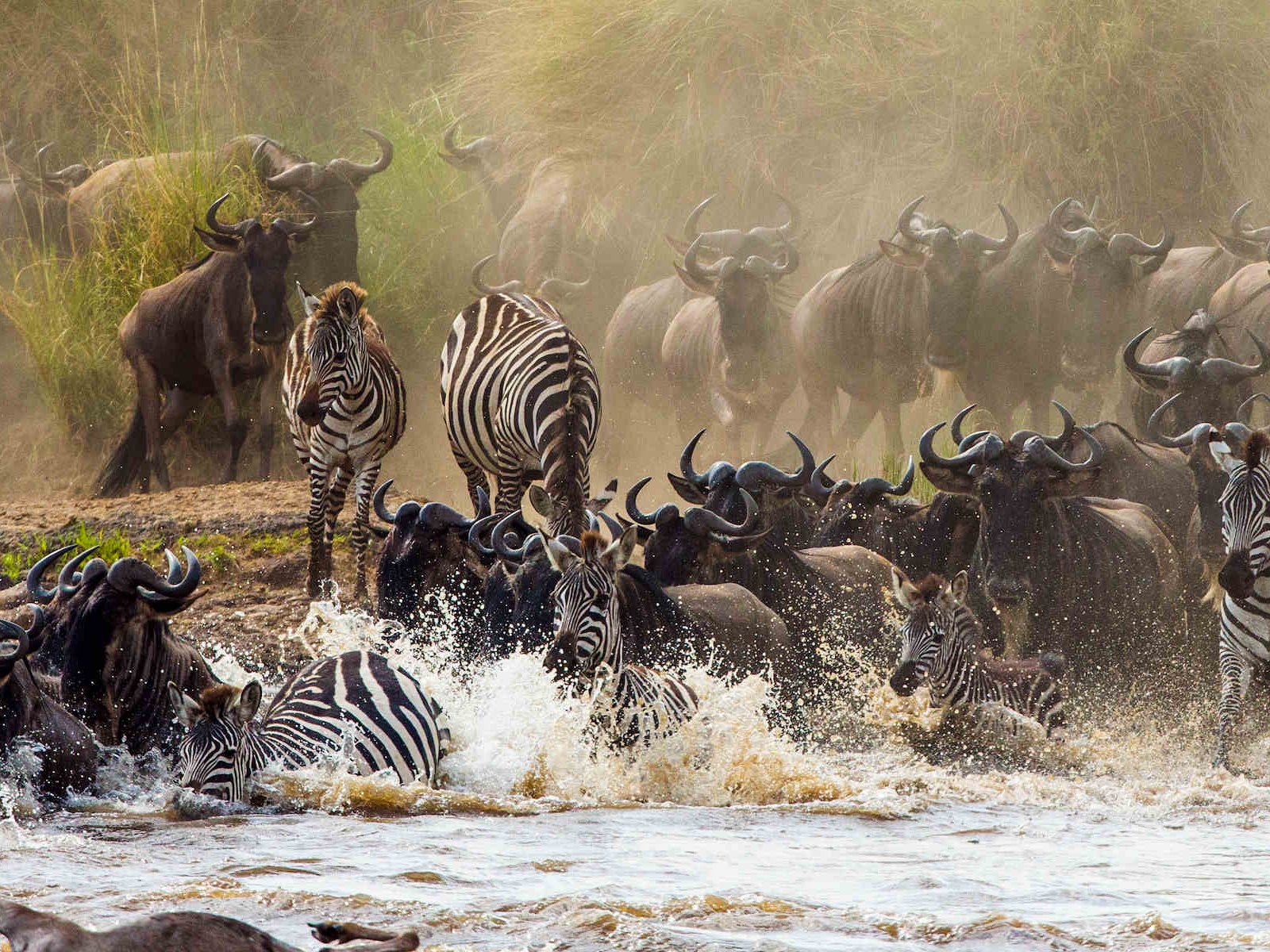Welcome Outside
The call of the great outdoors and the longing to move in the fresh air; we are not just imagining it, it really does do us a world of good.
Rays of sunshine penetrate cathedrals of mighty beech and oak. Like spotlights in a theatre, shafts of sunlight brighten the still cool forest air as the scent of moss, leaves and forest floor rises … and we are almost magically drawn outside. We long for that invigorating seaside walk, that hike across country – but forests still hold a special attraction. They enable us to dive deep into soothing green, switch off and escape our own minds.
Forests have always been important to humans: as a home and habitat, a source of food and raw materials – and more recently as a recreational space. Forests have been around for 300 million years.
Throughout that time, forests have evolved as some of the most complex ecosystems supporting numerous life forms. They are home to an abundance of tree and other plant species, fungi, birds, mammals and insects, but also to life forms not visible to the human eye. In just one-third of a cubic metre of forest soil there are more than 1.5 trillion microorganisms – all living creatures.
Complex, Delicate Networks
The soils of unspoilt, natural forests are pervaded by huge fungal networks. These so-called mycelia interact with root networks and optimise nutrient and water uptake, but they also constitute a sophisticated communication network. These delicate networks, however, are severely damaged in monocultures or by intensive logging: the trees are weaker and more susceptible to crisis.
But trees also emit aerosols – which we perceive as forest smell. The terpenes they contain have bactericidal and virucidal effects and have been proven to strengthen our immune system. Scientific studies also show that time spent in forests helps to lower heart rate and blood pressure and makes our muscles relax. Forest air contains 90% fewer dust particles than city air.
Diving Into Healing Powers
Spending time in the complex ecosystem of the forest thus does not just feel good but has actual health-promoting benefits. This is not really surprising since we have developed as a species in intensive evolutionary interaction with forests. These scientific findings, however, have led to a new appreciation of forests – and their therapeutic use. Namely in the form of so-called “forest bathing“.
The Japanese term for it, where the idea was developed and is highly regarded, is shinrin yoku. The various approaches deal with aromatherapeutic aspects, psychological and sensory exercises of “conscious perception“ or methods of meditation. Yet when walking in the forest we are often too absorbed in our own thoughts or in conversation to perceive the nature around us.
“Forest bathing means walking or hiking with open senses“, explains Martin Kiem, an Austrian nature and forest therapy guide. “The slower we move, the more we perceive.“ He thus often covers just a few hundred metres of trail during his forest bathing tours.
In addition to “discovering slowness“, Kiem also emphasises the need to be in the moment: “Many people live either a bit in the future or in the past. But when we think about what has been or what is coming, we miss so much of what is happening all around us,“ Kiem says. “In forest bathing, we want to unite body and mind in the now.“ What does that look like in practice? “On a sensory tour in the forest, we explore everything consciously: standing, leaning, smelling, listening, feeling with the soles of our feet“, Kiem says.
“We connect with trees through breathing. Or we try to perceive the forest as though we were seeing it for the very first time.” Kiem notes that “it is de-stressing to surround oneself with living things and to become aware.“ He encourages people to get out into nature and consciously perceive it with all senses: sight, smell, touch and sound.
Those who manage to immerse themselves and devote all their senses will perceive the forest, nature itself, more intensely than before: as a healing wonderland right on our doorstep.
What is forest bathing?
- In Japan, where it is called shinrin yoku, forest bathing has a long tradition and is an acknowledged stress management therapy.
- Forest bathing combines aspects of aroma therapy, sensory excercises and meditation.
- Time spent in forests has an effect on our physical and psychological wellbeing: ethereal oils in forest air strengthen our immune system while stress hormones decrease. Studies have also shown the positive effects of forest bathing on depression and anxiety.













